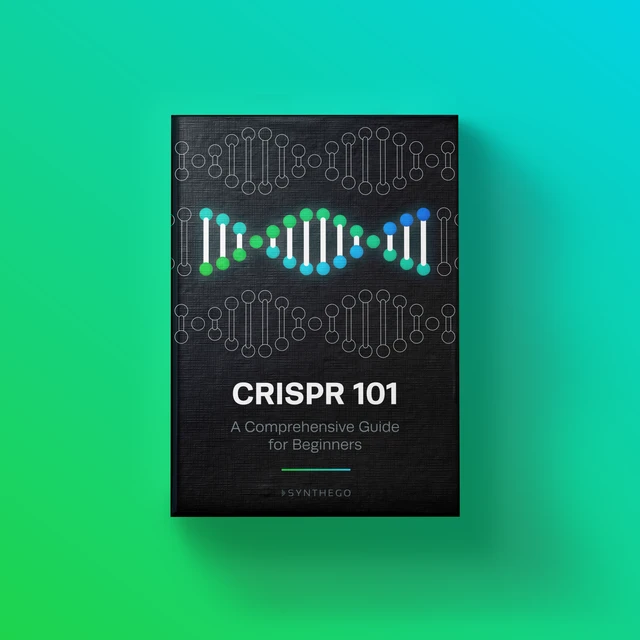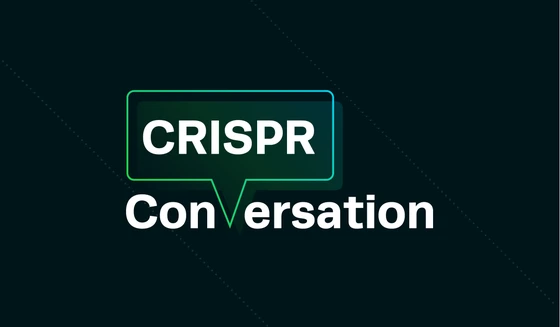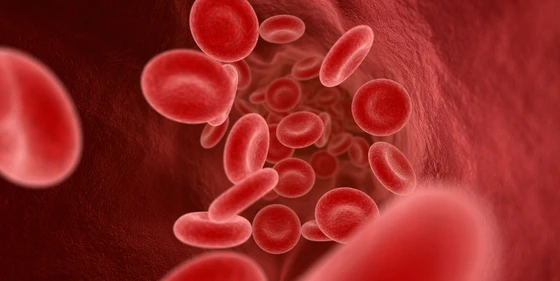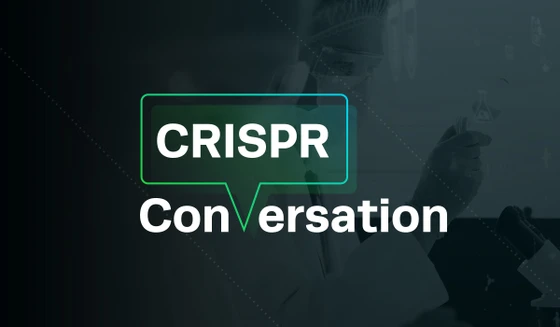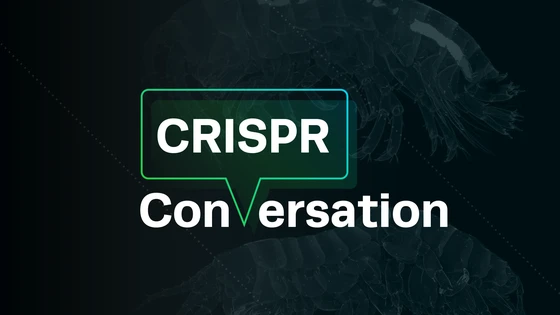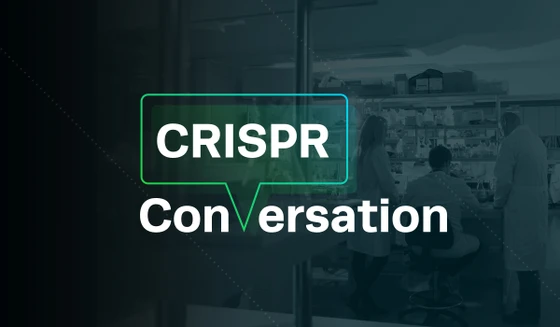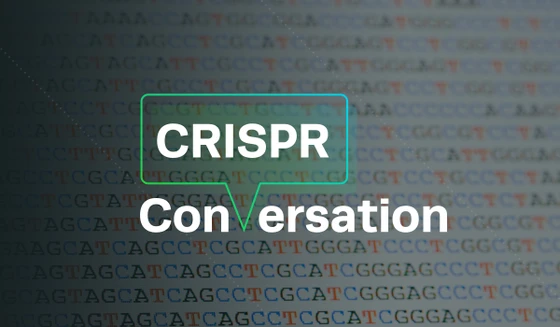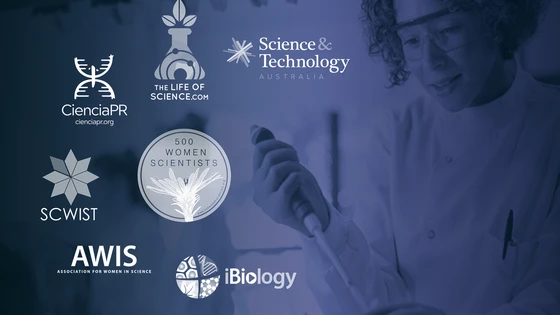CRISPR Conversations are our way of highlighting the amazing work being done by CRISPR researchers worldwide. We select scientists to cover based on the overall impact of their work using CRISPR for new applications that are moving their field forward.
This week we spoke with scientist Rasmus Bak from Aarhus University to discuss his work and his experience using Synthego’s synthetic sgRNA kits.
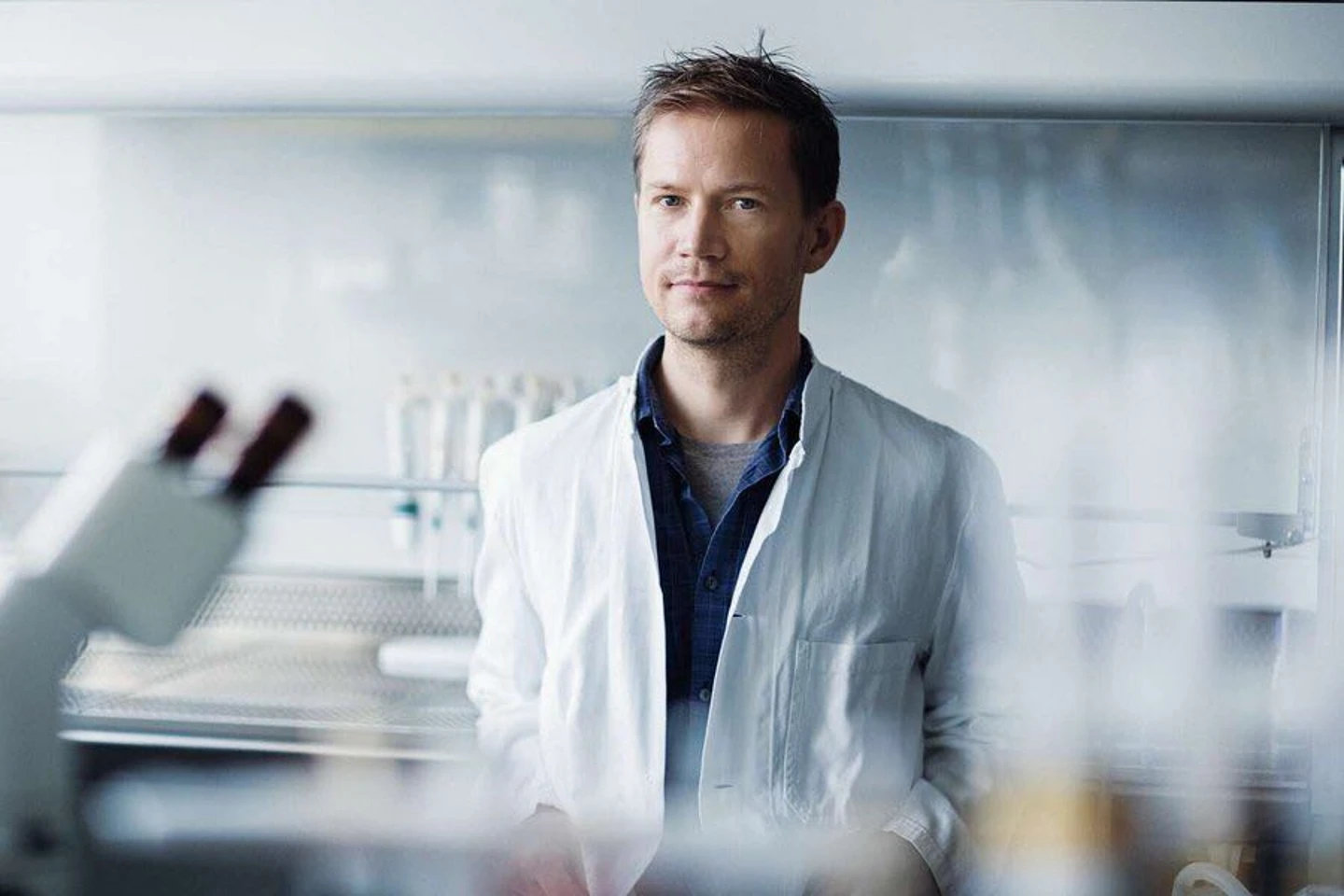
Kevin Holden: Hi Rasmus, thanks for taking the time to speak with us. Could you tell us about your research?Rasmus Bak: Hi Kevin. My research, for the last four years, has focused on developing different technological aspects of the CRISPR system. When I transitioned into my postdoctoral fellowship at Stanford University, the CRISPR technology had been newly introduced. So in my initial experiments, I used zinc finger nucleases and TALENs. Later, we switched over to using CRISPR and found that it worked really well in cell lines. But when we tested the plasmid-based system in primary CD34+ hematopoietic stem cells and progenitor cells, it barely worked at all! The editing efficiencies were way lower than we obtained previously using TALENs and zinc finger nucleases.
While troubleshooting, we developed chemically modified guide RNAs. In our report published in 2015, we showed that if you stabilize the guide RNAs with terminal modifications, then all of a sudden you get really high editing efficiencies in primary cells.
Since then, my research has evolved around these CD34+ hematopoietic stem cells and editing them with high frequency. We have used the CRISPR system together with the AAV6 donor delivery to try and correct genetic mutations responsible for different hematopoietic genetic diseases.
Rasmus Bak: Hi Kevin. My research, for the last four years, has focused on developing different technological aspects of the CRISPR system. When I transitioned into my postdoctoral fellowship at Stanford University, the CRISPR technology had been newly introduced. So in my initial experiments, I used zinc finger nucleases and TALENs. Later, we switched over to using CRISPR and found that it worked really well in cell lines. But when we tested the plasmid-based system in primary CD34+ hematopoietic stem cells and progenitor cells, it barely worked at all! The editing efficiencies were way lower than we obtained previously using TALENs and zinc finger nucleases.
While troubleshooting, we developed chemically modified guide RNAs. In our report published in 2015, we showed that if you stabilize the guide RNAs with terminal modifications, then all of a sudden you get really high editing efficiencies in primary cells.
Since then, my research has evolved around these CD34+ hematopoietic stem cells and editing them with high frequency. We have used the CRISPR system together with the AAV6 donor delivery to try and correct genetic mutations responsible for different hematopoietic genetic diseases.
KH: Were you focused on a specific disease?RB: We have been working on two diseases. The first one being HIV; we have been trying to create an HIV-resistant immune system. The other one is sickle cell disease, where there is a point mutation in the beta-globin gene that messes up the ability of red blood cells to carry oxygen. We have been approaching both these diseases using the CRISPR genome editing technology.
RB: We have been working on two diseases. The first one being HIV; we have been trying to create an HIV-resistant immune system. The other one is sickle cell disease, where there is a point mutation in the beta-globin gene that messes up the ability of red blood cells to carry oxygen. We have been approaching both these diseases using the CRISPR genome editing technology.
KH: Can you tell us a little bit about your past and present research institutes?RB: I worked in the lab of Matthew Porteus at Stanford University for three years as a postdoc, and that was great! Stanford is an amazing place in a lot of different ways. Matt is a pioneer in the genome editing field with a lab full of facilities and expertises to do all kinds of research.
Recently, I have relocated back home to Denmark at Aarhus University to establish myself as an independent group leader. I am still planning to use the CRISPR-based genome editing in different primary cell types. I like to work on the basic technology of the system and use it in different ways.
I would also like to further explore a system that we recently developed where we can integrate large transgenes site-specifically into the genome. That’s been a major problem, and we have come up with an approach that should work quite efficiently in primary cells.
RB: I worked in the lab of Matthew Porteus at Stanford University for three years as a postdoc, and that was great! Stanford is an amazing place in a lot of different ways. Matt is a pioneer in the genome editing field with a lab full of facilities and expertises to do all kinds of research.
Recently, I have relocated back home to Denmark at Aarhus University to establish myself as an independent group leader. I am still planning to use the CRISPR-based genome editing in different primary cell types. I like to work on the basic technology of the system and use it in different ways.
I would also like to further explore a system that we recently developed where we can integrate large transgenes site-specifically into the genome. That’s been a major problem, and we have come up with an approach that should work quite efficiently in primary cells.
KH: Great. Had you been using CRISPR before you worked at Stanford?RB: No. I started my postdoc about six months after CRISPR had been used as a gene editing system for the first time, so I hadn’t used it before. But I remember that it was quite a revolution in the field when it came out because of its simplicity!
RB: No. I started my postdoc about six months after CRISPR had been used as a gene editing system for the first time, so I hadn’t used it before. But I remember that it was quite a revolution in the field when it came out because of its simplicity!
KH: When you first started doing CRISPR, how did you make the guide RNA?RB: In the beginning, we cloned the guides into the regular plasmid-based system. This is a nice system in certain cell types; it works in cancer cell lines and it’s easy if you have the cloning capabilities, but it also takes a long time to prepare the reagents before you are able to do your actual cell experiments. Later, we transitioned into using synthetic modified sgRNAs.
RB: In the beginning, we cloned the guides into the regular plasmid-based system. This is a nice system in certain cell types; it works in cancer cell lines and it’s easy if you have the cloning capabilities, but it also takes a long time to prepare the reagents before you are able to do your actual cell experiments. Later, we transitioned into using synthetic modified sgRNAs.
KH: When did you first hear about Synthego?RB: I heard about Synthego a bit over a year ago from some lab members at Stanford University. We were quite excited about the new player on the market selling synthetic modified guide RNAs and also about the promised fast turnaround, which we weren’t used to!
RB: I heard about Synthego a bit over a year ago from some lab members at Stanford University. We were quite excited about the new player on the market selling synthetic modified guide RNAs and also about the promised fast turnaround, which we weren’t used to!
KH: How would you say using the modified synthetic sgRNAs has affected your workflow?RB: It has completely changed the way we work now; it’s way faster! These days, we directly screen the modified guide RNAs in the CD34+ hematopoietic stem cells instead of going through a long designing, engineering, and screening process in cell lines using plasmids. It’s also way more potent. We wouldn’t be able to do therapeutically relevant genome editing using CRISPR technology if it wasn’t for these guide RNAs.
RB: It has completely changed the way we work now; it’s way faster! These days, we directly screen the modified guide RNAs in the CD34+ hematopoietic stem cells instead of going through a long designing, engineering, and screening process in cell lines using plasmids. It’s also way more potent. We wouldn’t be able to do therapeutically relevant genome editing using CRISPR technology if it wasn’t for these guide RNAs.
KH: Would you say there are fewer issues regarding toxicity using the synthetic sgRNA?RB: Yes. We initially tried using plasmids in the primary CD34+ stem cells, but it did not work, mainly because of toxicity issues. The plasmids were recognized as foreign entities and probably initiated an interferon signaling cascade. That’s also why it wasn’t a therapeutically viable approach, even if we had been able to achieve potent editing using this system.
RB: Yes. We initially tried using plasmids in the primary CD34+ stem cells, but it did not work, mainly because of toxicity issues. The plasmids were recognized as foreign entities and probably initiated an interferon signaling cascade. That’s also why it wasn’t a therapeutically viable approach, even if we had been able to achieve potent editing using this system.
KH: Is the ability to screen directly in a primary cell, as opposed to first testing in a cell line, hugely beneficial?RB: Yes, we like the synthetic modified sgRNAs because we can screen them directly in our cell type of interest. We don’t need to worry about translation between cell lines and primary cells at all because we are using the same guides and the same system that we are eventually going to use for therapy.
RB: Yes, we like the synthetic modified sgRNAs because we can screen them directly in our cell type of interest. We don’t need to worry about translation between cell lines and primary cells at all because we are using the same guides and the same system that we are eventually going to use for therapy.
KH: Lastly, what’s your favorite thing about Synthego?RB: My favorite things about Synthego are your friendliness, customer support, fast turnaround, and nice low prices!
RB: My favorite things about Synthego are your friendliness, customer support, fast turnaround, and nice low prices!
Cell Engineering 101
CRISPR has ignited a revolution. Although it’s a relatively recent discovery in the history of biotechnology, CRISPR has quickly become a standard laboratory tool and cell engineering is transforming research. One of the most widely used applications of CRISPR is knocking out specific genes in cell lines to interrogate gene function.
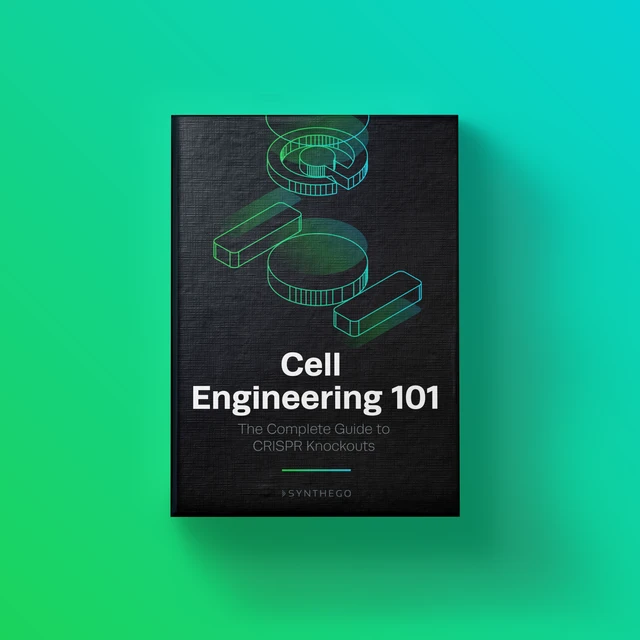
CRISPR 101 eBook
CRISPR has quickly become a standard laboratory tool for gene editing. As the adoption of CRISPR accelerates worldwide, up-to-date knowledge of the basics of CRISPR is essential for anyone in the field. From target identification studies to the recent breakthroughs in clinical trials, CRISPR is enabling scientists to unlock the power of the genome.
Download our CRISPR 101 eBook today to stay up to date on all your CRISPR basics and get the best results in your CRISPR experiments!
